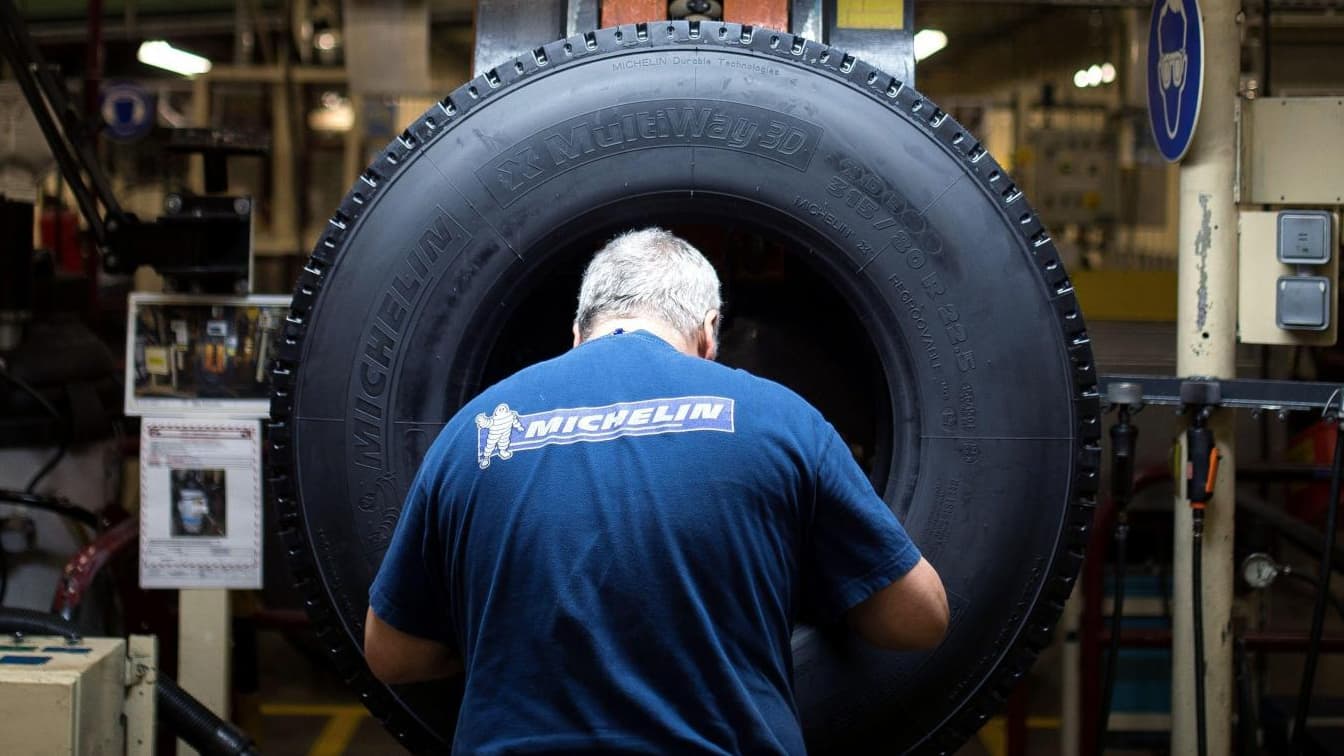Six years of cones on the banks of the Richelieu River
-
Image from Google Street View
Chemin des Patriotes near the A10, in Richelieu, in June 2018
-
Image from Google Street View
Chemin des Patriotes near the A10, in Richelieu, in June 2019
-
Image from Google Street View
Chemin des Patriotes near the A10, in Richelieu, in June 2022
1/ 3
In 2017, a landing hazard was detected at the chemin des Patriotes, in Richelieu, on the south shore of Montreal. Since then, a series of orange cones have been placed at the edge of the road, waiting for the overdue corrective action. “The asphalt cracked in two and nothing was done,” said Giselle Normando, who lives nearby. “In the winter, a snowplow catches them, they turn over and people run over them. There are wreck cones, overturned cones, standing cones. It’s not very fun.”
“It requires an intervention to stabilize the ramp of more than 130 metres, and its completion takes longer than expected,” said spokesman for the Ministry of Transport Louis-Andre Bertrand. Meanwhile, columns were added to the cones, “perhaps out of great caution,” he wrote. “Following the last reminder of best practices regarding cone management, it was considered that the presence of poles was sufficient and that the cones would be removed soon.”
Cone in a basin since 2019
-
Image provided by Stéphane Tonière
Cone in its pelvis, spring 2023
-
Image from Google Street View
Cone (another specimen) from St. Paul Paw in the same basin in June 2019
1/ 2
In the avenue Paul-Pau, in the Mercier-Hochelaga-Maisonneuve district, the cone is in an unfortunate position: embedded, head first, in a broken trough. Google Street View shows that an orange beacon has been around since at least 2019. Stéphane Tonnerre, a local resident, says he called the city several times to ask for a follow-up to the repair – thus removing the cone. “I think it’s starting to get serious. […] Winter can be insidious. “It’s a relatively easy thing to fix… The cone is now part of the landscape on Avenue Paul-Pau. The city of Montreal indicated that the situation falls under the jurisdiction of the Mercier-Hochelaga-Maisonneuve region.
Crowded artery for seven years
-
Image from Google Street View
Avenue du Docteur-Penfield in September 2016
-
Image from Google Street View
Avenue du Docteur-Penfield in October 2018
-
Image from Google Street View
Avenue du Docteur-Penfield in June 2019
-
Image from Google Street View
Avenue du Docteur-Penfield in September 2020
-
Image from Google Street View
Avenue du Docteur-Penfield in October 2021
-
Image from Google Street View
Avenue du Docteur-Penfield in August 2022
1/ 6
Avenue du Docteur-Penfield, on Mount Royal, is strewn with orange cones – in sections – on all the images captured by Google Street View since 2016. “They dug and dug,” said Gerard Ziguach, who settled on this artery in 2014. “. We’re also thinking of moving, because it’s just too much. And the city of Montreal confirmed that the construction sites succeeded each other in the street, “which explains the presence of cones since 2016,” according to the relation Hugo Bourgoin. He continued: “Let us mention the development work on Promenade Fleuve-Montagne (2016-2017), the redevelopment work on Peel Street between Sherbrooke and des Pins (2018-2019) and the work to upgrade McTavish station (since 2020). Also taking place on this site Aqueduct repair work carried out by the Ville-Marie district Mr. Burgoyne indicated that the city had considered the total presence of cones during its summit around construction sites, at the end of March, and that it intended to use fewer of them.
Cones on a new structure
-
Image from Google Street View
Valiquette junction with the A13 service road in September 2022
-
Image from Google Street View
Valiquette avenue intersection with the A13 service road in December 2021
-
Image from Google Street View
Valiquette junction with the A13 service road in September 2021
-
Image from Google Street View
Valiquette street intersection with the A13 service road in April 2021
-
Image from Google Street View
The junction of Valiquette Street with the A13 service road in September 2019
1/ 5
The installation of cones often precedes the completion of road improvement work. At the intersection of Valiquette Street and the service Highway 13, in Saint-Laurent, the opposite happened: in 2020 a new concrete structure was erected to give some organization to the movement of heavy goods vehicles at speed in cones, visibly in order to reduce collisions. “The island, on the ground, is hard to notice and vehicles have destroyed the signs on numerous occasions since 2018 by inadvertently passing over the island,” explained emailer Daniel Godin, who passes frequently. Since 2019, temporary orange cones have been installed and maintenance teams have replaced them regularly, especially in the winter. Cones have actually been found there in every Google Street View image since September 2019.

“Music guru. Incurable web practitioner. Thinker. Lifelong zombie junkie. Tv buff. Typical organizer. Evil beer scholar.”
























